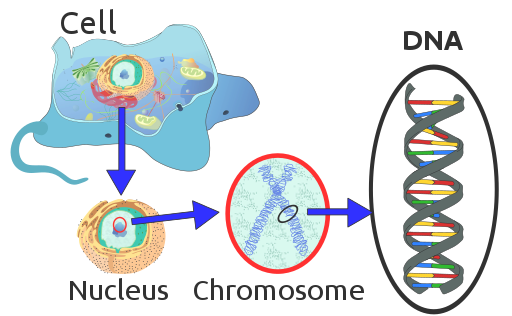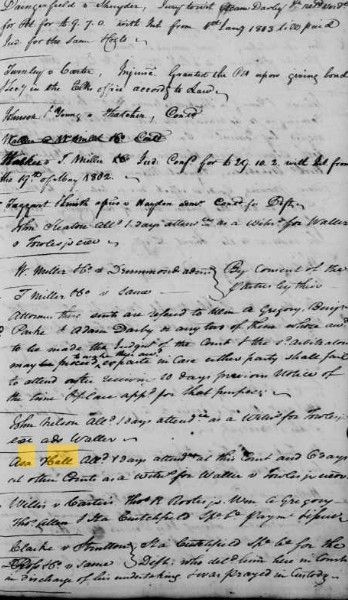DNA - Where Do I Begin?
A Very Basic Overview
A lot of researchers ask about DNA testing. What exactly is it? Where do I do it? What will it tell me?
A relatively new addition to our arsenal as genealogists, DNA can open many doors and bring exciting discoveries, yet it can be difficult to know how to get started. The information here represents my opinion only and I’m sure there are others who have other opinions. If you were like me science was never your favorite subject in school. Yet ignoring the use of DNA is really not an option anymore for us if we are serious about researching our ancestry.
DNA testing is fantastic and has opened many brick walls for me as a researcher, however, it is NOT a magic bullet. It must be combined with traditional documentary evidence to come to a valid conclusion.
There are three basic types of DNA tests available to us as genealogists.
1) Y-DNA is inherited by males from their fathers. While there are mutations, it is possible to use Y-DNA with documentary evidence to go back as far as recorded information exists to confirm a man’s paternal ancestry. The key word here is possible. The only company doing Y-DNA testing to any significant degree at present is Family Tree DNA – ftdna.com – I have used it to confirm documentary results and it has, in a few cases, led me to new avenues of research. While there are many tests available all the way up to the Big Y-700, I recommend beginning with a 37 or 67 marker test. Depending on what is found (number of matches and the genetic distance), you can then upgrade the test from there.
2) mt-DNA – Mitochondrial DNA is passed by female ancestors to both their sons and daughters, however, it does not pass on through the sons to the next generation. It is used to trace maternal lines straight back whenever there are no intervening male ancestors – mother’s mother’s mother’s mother, etc. Family Tree DNA – ftdna.com – also conducts this type of testing.
3) Autosomal DNA – probably by far the most popular and useful of DNA testing. Autosomal DNA can be used to help trace ANY line. We inherit roughly 50% of our DNA from each parent, 25% from each grandparent, etc. Finding shared matches with others on your 22 chromosomes and analyzing the results is the key here to solving many brick wall genealogical problems. All relationships up to 2nd cousin level can be discerned by testing, however, you also randomly will match with others related to you with more distant relationships as well. Targeted testing of specific family members can yield great results. In general, the higher the number of centimorgans you share with a match, the closer the genealogical connection.
Where should I get an autosomal test? There are many companies offering this test but due to the sheer volume of individuals who test at Ancestry, I recommend beginning there. Be aware, though, that Ancestry’s tools for analysis are among the least effective because they do not provide the specific segment data you will want when you get to conducting an analysis of distant relationships. For that, I recommend transferring your results to other sites such as Family Tree DNA, My Heritage, and GEDMatch where there are tools to assist with this. Mastering these tools has a learning curve but it can be done.
Of course, sites such as Ancestry and 23 and Me also provide medical information and ethnicity estimates and while these are interesting, they do not help you to trace specific ancestral lines.
This is but a brief summary of what DNA testing can do for us as genealogists. It is a large, ever-growing field of knowledge and one which changes rapidly. If you not using this tool at your disposal to break through your brick walls, you are potentially missing out on what could be the most significant clue!
I will be adding to my DNA knowledge this summer by taking the Advanced DNA course offered by Blaine Bettinger at the Genealogical Research Institute of Pittsburgh (virtual this year). Bettinger is considered one of the premier genetic genealogists and I’m excited to add more to my knowledge on how to bust through those brick walls!
I am glad to help answer your questions about the use of DNA for genealogy – rick@backstorybloodhound.com





